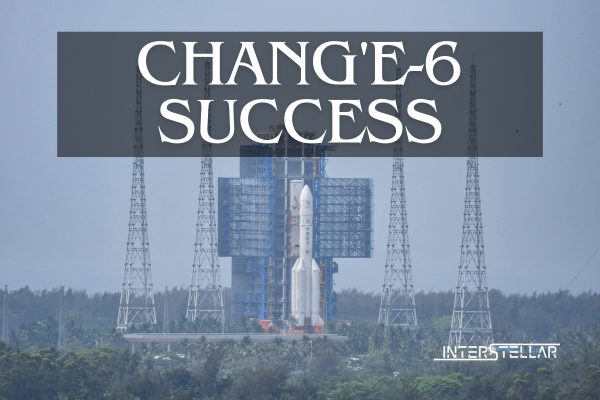China’s Chang’e 6 Lunar Probe Successfully Returns with Samples
China’s Chang’e-6 lunar probe made history by landing on Tuesday in Inner Mongolia, bringing back samples from the moon’s far side. This marks the first time any country has achieved such a feat.
Successful Landing and Sample Collection
The reentry capsule touched down at 2:07 p.m. Beijing time (0607 GMT), as reported by state broadcaster CCTV. The capsule carried lunar soil collected from the moon’s South Pole-Aitken Basin, a significant impact crater on the moon’s far side. Following the successful landing, Zhang Kejian, head of the China National Space Administration, declared the mission’s completion. President Xi Jinping praised the mission as a “landmark achievement” in China’s journey to becoming a leading space and scientific power.
Launch and Return Details
The Chang’e-6 probe was launched on May 3 via a Long March 5 rocket from the Wenchang Satellite Launch Center on Hainan Island. The collected samples will be transported to Beijing for detailed analysis. While it is not yet confirmed if the planned 2kg of samples were returned, scientists anticipate that the samples, regardless of the quantity, will provide new insights into the formation of the Earth, moon, and solar system.
Impact of the Chang’e-6 Mission
Previous missions, such as Chang’e-5, which brought back samples from the moon’s near side, have already led to the discovery of new minerals and more accurate lunar geological age estimates. The success of Chang’e-6 is expected to enhance China’s standing in the global space exploration community and bolster its competition with the United States.
Geopolitical and Scientific Collaboration
The retrieval of samples from the moon’s far side comes at a time when the exploration of lunar resources and the militarisation of space are critical issues, influenced by geopolitical tensions. NASA Administrator Bill Nelson has expressed concern over China’s advancing lunar exploration programme, signalling an intensifying “space race” between the superpowers.
Despite broader geopolitical tensions, European space agencies and scientists are collaborating closely with Chinese researchers. Neil Melville-Kenney, a technical officer at the European Space Agency (ESA), highlighted the scientific importance of these samples, noting that the far side of the moon has a distinct composition and history compared to the near side.
The ESA plans to meet with the China National Space Administration in October to discuss further collaboration. Melville-Kenney expressed hope for increased cooperation in the future, despite the changing geopolitical landscape.





